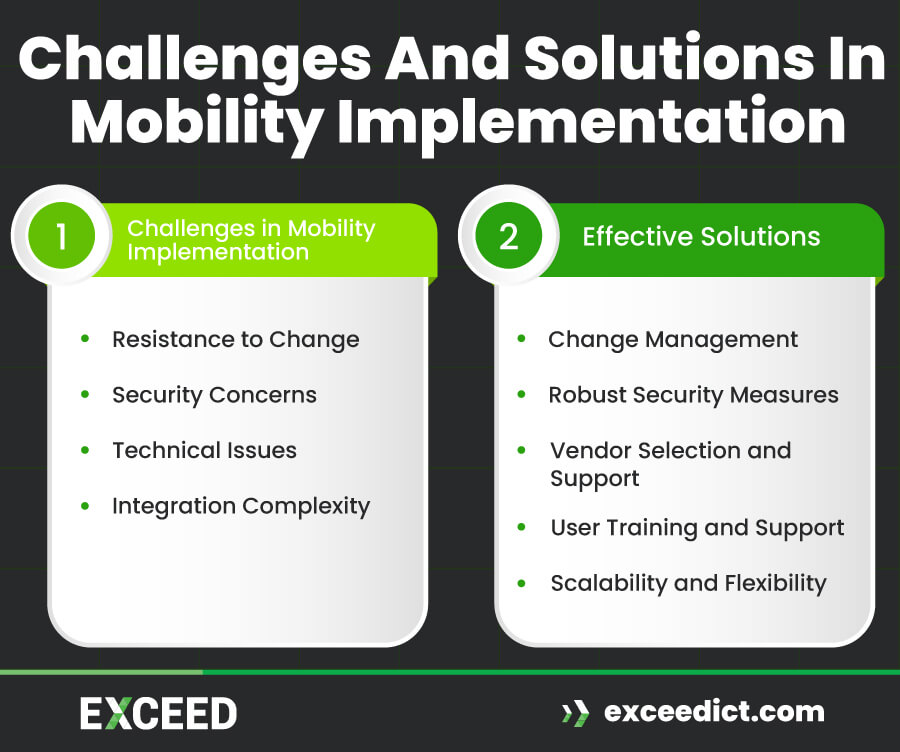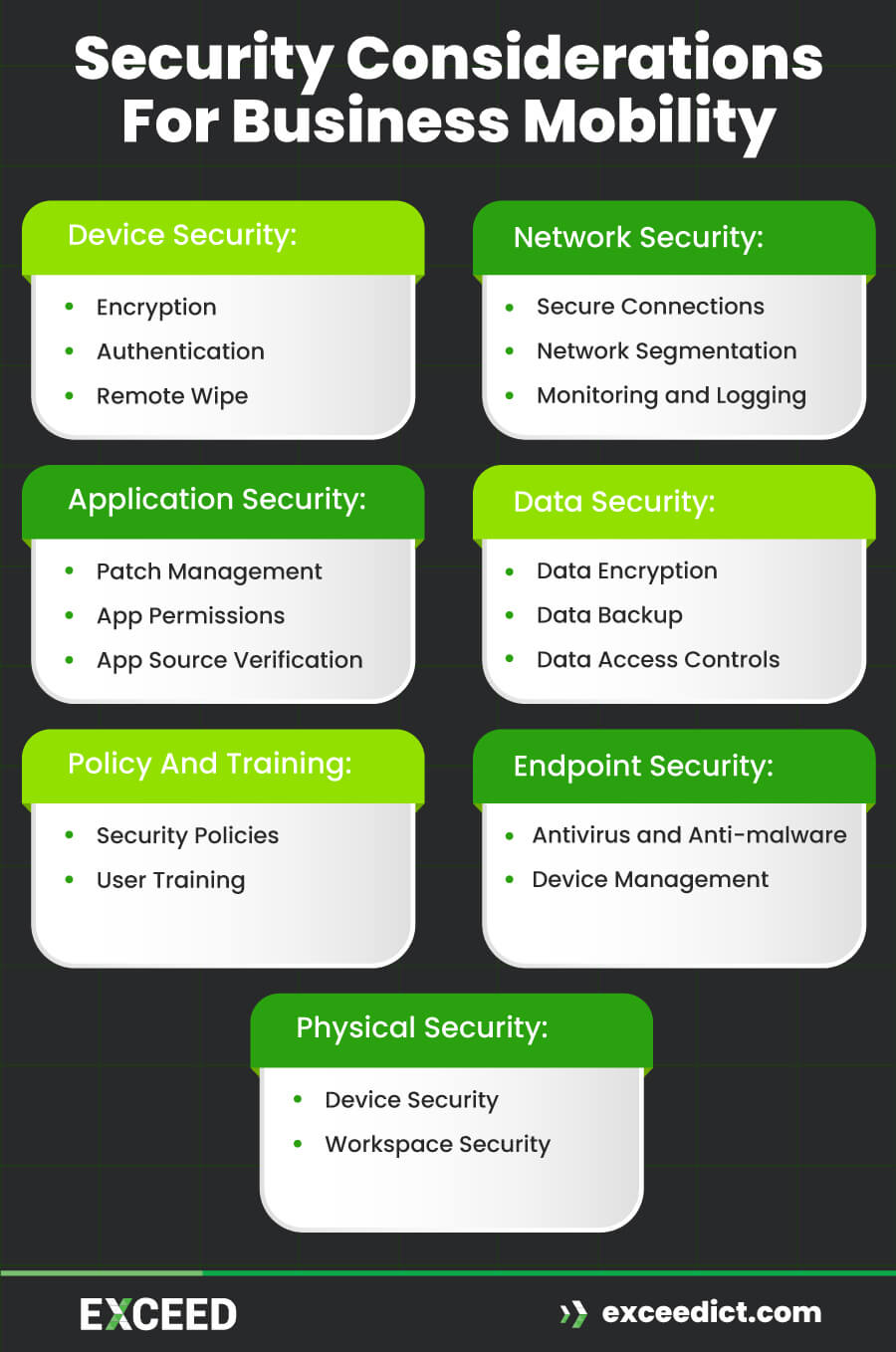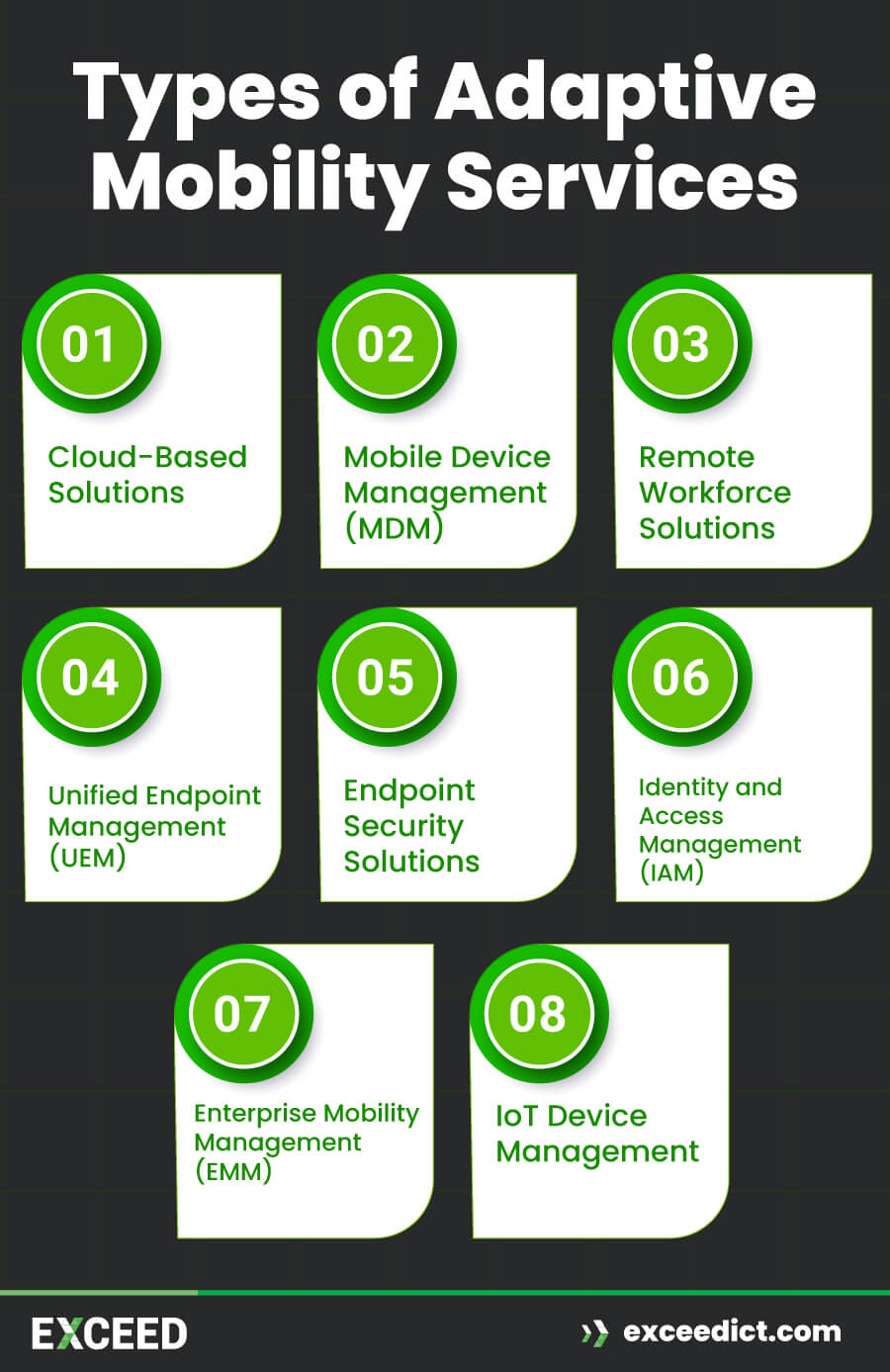
Adaptive Mobility Services to Support Your Business Mobility
Businesses need to be agile, with seamless access to data and tools, regardless of location. This is where adaptive mobility services come into play, providing the necessary infrastructure to keep your business moving forward. Let’s dive into the world of adaptive mobility services and explore how they can support your business with reliable solutions.
What Are Adaptive Mobility Services?
Adaptive mobility services encompass a wide range of technologies and solutions designed to enhance business mobility. These services include cloud-based solutions, mobile device management, and remote workforce solutions, all aimed at ensuring that your business operations remain uninterrupted and efficient.
The Need for Adaptive Mobility in Business
The business landscape is continuously evolving, with an increasing need for mobility solutions. Adaptive mobility services offer numerous benefits, including improved productivity, enhanced collaboration, and the ability to respond quickly to market changes. By leveraging these solutions, businesses can stay ahead of the competition and maintain a competitive edge.
Types of Adaptive Mobility Services
 Cloud-Based Solutions: Enable access to applications and data from anywhere, ensuring uninterrupted remote work.
Cloud-Based Solutions: Enable access to applications and data from anywhere, ensuring uninterrupted remote work.- Mobile Device Management (MDM): Manage and secure mobile devices, enforce security policies, and ensure compliance.
- Remote Workforce Solutions: Support employees working from any location with access to essential business tools and data.
- Unified Endpoint Management (UEM): Manage and secure various devices like smartphones, tablets, laptops, and desktops from a single platform.
- Endpoint Security Solutions: Protect devices from cyber threats like malware and ransomware.
- Identity and Access Management (IAM): Manage user identities and control access to company resources for enhanced security.
- Enterprise Mobility Management (EMM): Manage mobile devices, applications, and data while enforcing security policies and compliance.
- IoT Device Management: Manage and secure Internet of Things (IoT) devices for efficient operation.
Key Features of Reliable Mobility Solutions
- Security Measures: Robust security with encryption, multi-factor authentication, and regular updates to protect data.
- Scalability: Ability to scale with business growth, ensuring efficient and uninterrupted operations.
- User-Friendly Interfaces: Easy-to-navigate interfaces to reduce learning curves and boost productivity.
- Reliable Connectivity: Stable connectivity for seamless communication and collaboration.
- Device Compatibility: Support for various devices, allowing efficient use of preferred hardware.
- Real-Time Data Access: Immediate access to data and applications for quick, informed decision-making.
- Robust Support Services: Strong support for minimal downtime and quick issue resolution.
Choosing the Right Mobility Solutions for Your Business
- Assessing Business Needs: The first step in choosing the right mobility solutions is to assess your business needs. Consider factors such as the size of your business, the nature of your operations, and your budget.
- Evaluating Vendors: Once you have a clear understanding of your needs, evaluate different vendors based on their offerings, reputation, and customer reviews. Look for vendors that provide comprehensive solutions and excellent customer support.
- Cost Considerations: Cost is an important factor when choosing mobility solutions. Consider the total cost of ownership, including initial setup costs, ongoing maintenance, and potential future upgrades.
How to Implement Adaptive Mobility Services
- Develop a Detailed Plan: Start with a clear plan outlining objectives, timelines, and resources.
- Conduct a Pilot Test: Test the solution to identify and address any issues before full deployment.
- Focus on Security: Implement robust security measures like encryption and multi-factor authentication.
- Ensure Scalability: Choose solutions that can grow with your business needs.
- Provide Comprehensive Training: Train employees thoroughly to maximise adoption and productivity.
- Establish Ongoing Support: Ensure reliable support for continuous operation and issue resolution.
- Choose Reliable Connectivity: Select solutions that offer stable connectivity across diverse Australian locations.
- Ensure Device Compatibility: Opt for solutions compatible with various devices for flexibility and efficiency.
- Plan for Integration: Ensure seamless integration with existing systems to maintain workflow efficiency.
- Monitor and Optimise: Continuously monitor performance and optimise based on analytics for improved efficiency and effectiveness.
Case Studies: Success Stories
Small Business Adaptation
A small marketing agency implemented adaptive mobility services to enable remote work for its employees. The result was increased productivity and improved collaboration, leading to a significant boost in client satisfaction and business growth.
Large Enterprise Transformation
A large multinational corporation adopted cloud-based mobility solutions to streamline its operations across multiple locations. This transformation resulted in enhanced efficiency, reduced operational costs, and a more agile business model.
Challenges and Solutions in Mobility Implementation

Challenges in Mobility Implementation
- Resistance to Change
- Addressing cultural and organisational resistance to adopting new mobility solutions.
- Overcoming inertia and ensuring buy-in from all levels of the organisation.
- Security Concerns
- Mitigating risks associated with data breaches and unauthorised access.
- Ensuring compliance with data protection regulations (e.g., GDPR, CCPA).
- Technical Issues
- Resolving compatibility issues across different devices and platforms.
- Managing infrastructure upgrades required for seamless mobility integration.
- Integration Complexity
- Integrating mobility solutions with existing IT systems and workflows.
- Ensuring interoperability and data consistency across multiple platforms.
Effective Solutions
- Change Management
- Developing a comprehensive change management strategy.
- Communicating the benefits of mobility solutions to stakeholders.
- Robust Security Measures
- Implementing encryption and authentication protocols.
- Conducting regular security audits and employee training programs.
- Vendor Selection and Support
- Partnering with vendors experienced in mobility solutions.
- Ensuring vendors provide ongoing technical support and updates.
- User Training and Support
- Providing training programs for employees on new mobility tools.
- Establishing a helpdesk or support system for troubleshooting and guidance.
- Scalability and Flexibility
- Designing solutions that can scale with business growth.
- Adopting agile methodologies to quickly adapt to changing technological landscapes.
Security Considerations for Business Mobility

Device Security:
- Encryption: Encrypt devices to protect data.
- Authentication: Use strong passwords, biometric, or MFA.
- Remote Wipe: Enable remote wipe for lost/stolen devices.
Network Security:
- Secure Connections: Use VPNs or HTTPS.
- Network Segmentation: Limit access and reduce breach impact.
- Monitoring and Logging: Track network traffic and log activities.
Application Security:
- Patch Management: Regularly update applications.
- App Permissions: Control app permissions.
- App Source Verification: Only install apps from trusted sources.
Data Security:
- Data Encryption: Encrypt sensitive data.
- Data Backup: Regularly backup data securely.
- Data Access Controls: Implement role-based access controls.
Policy and Training:
- Security Policies: Enforce mobile device usage policies.
- User Training: Educate employees on security best practices.
Endpoint Security:
- Antivirus and Anti-malware: Install and update software.
- Device Management: Use MDM solutions.
Physical Security:
- Device Security: Secure devices physically.
- Workspace Security: Protect physical workspaces.
Maximising ROI with Adaptive Mobility
Measuring Success
To maximise ROI, it is essential to measure the success of your mobility solutions. Use key performance indicators (KPIs) to track performance and identify areas for improvement.
Continuous Improvement
Continuous improvement is key to maintaining the effectiveness of your mobility solutions. Regularly review and update your solutions to ensure they remain aligned with your business goals.
The Role of Adaptive Mobility in Digital Transformation
Enhancing Business Processes
Adaptive mobility plays a vital role in digital transformation by enhancing business processes. It enables automation, improves communication, and provides real-time access to data, leading to more efficient and effective operations.
Competitive Advantage
By adopting adaptive mobility solutions, businesses can gain a competitive advantage. These solutions enable faster decision-making, improve customer service, and increase overall agility.
Customer Support and Maintenance
Importance of Ongoing Support
Ongoing support is essential for the successful use of mobility solutions. Ensure that your vendor provides comprehensive support services to address any issues and keep your solutions running smoothly.
Maintaining Mobility Solutions
Regular maintenance is crucial to keep your mobility solutions up to date and functioning optimally. This includes applying software updates, conducting security audits, and addressing any technical issues promptly.
In conclusion, adaptive mobility services are essential for businesses looking to enhance their mobility and stay competitive in today’s dynamic market. By understanding the various types of mobility solutions, key features, and implementation strategies, businesses can make informed decisions and achieve successful outcomes. Investing in adaptive mobility services not only improves operational efficiency but also provides a significant return on investment.
FAQs
What are adaptive mobility services?
Adaptive mobility services are a range of technologies designed to enhance business mobility, including cloud-based solutions, mobile device management, and remote workforce solutions.
Why are adaptive mobility services important for businesses?
They improve productivity, enhance collaboration, and allow businesses to respond quickly to market changes, ensuring a competitive edge.
What should businesses consider when choosing mobility solutions?
Businesses should assess their needs, evaluate vendors, and consider costs, including setup, maintenance, and future upgrades.
How can businesses overcome challenges in mobility implementation?
Focus on change management, invest in robust security measures, and work with experienced vendors for support and guidance.
What are the future trends in adaptive mobility services?
Future trends include the integration of AI and machine learning and the adoption of IoT to enhance connectivity and data analysis.
Looking for top-notch Adaptive Mobility Solutions in Australia?
Contact us on 1300 832 639 for hassle-free Adaptive Mobility Solutions Service. Our experienced team at EXCEED ICT is here to assist you in optimising costs and streamlining processes. With our award-winning expertise and dedication, we ensure cost reduction and grow your Business.
Find Other Blogs
- Adaptive Mobility Solutions for Seamless Operations to Grow Your Organisation
- Transform Your Business with EXCEED ICT’s Mobility Solutions.
- Telstra Adaptive Mobility for Large Business Success in Australia.
- Telstra Adaptive Mobility for Small Business Success in Australia.
- How Telstra Enterprise Mobility Managed Service Supercharge Your Business.
- Telstra Enterprise Mobility Managed Services by EXCEED ICT.
We also provide
Telecoms Expense Management, Device Deployment, Mobile Fleet management, Telstra enterprise Mobility, Telstra mobility Managed Services.
Improve Business Core values, Business Consulting, Network Management, Telstra Expense Management and many more Services.



 Cloud-Based Solutions:
Cloud-Based Solutions: